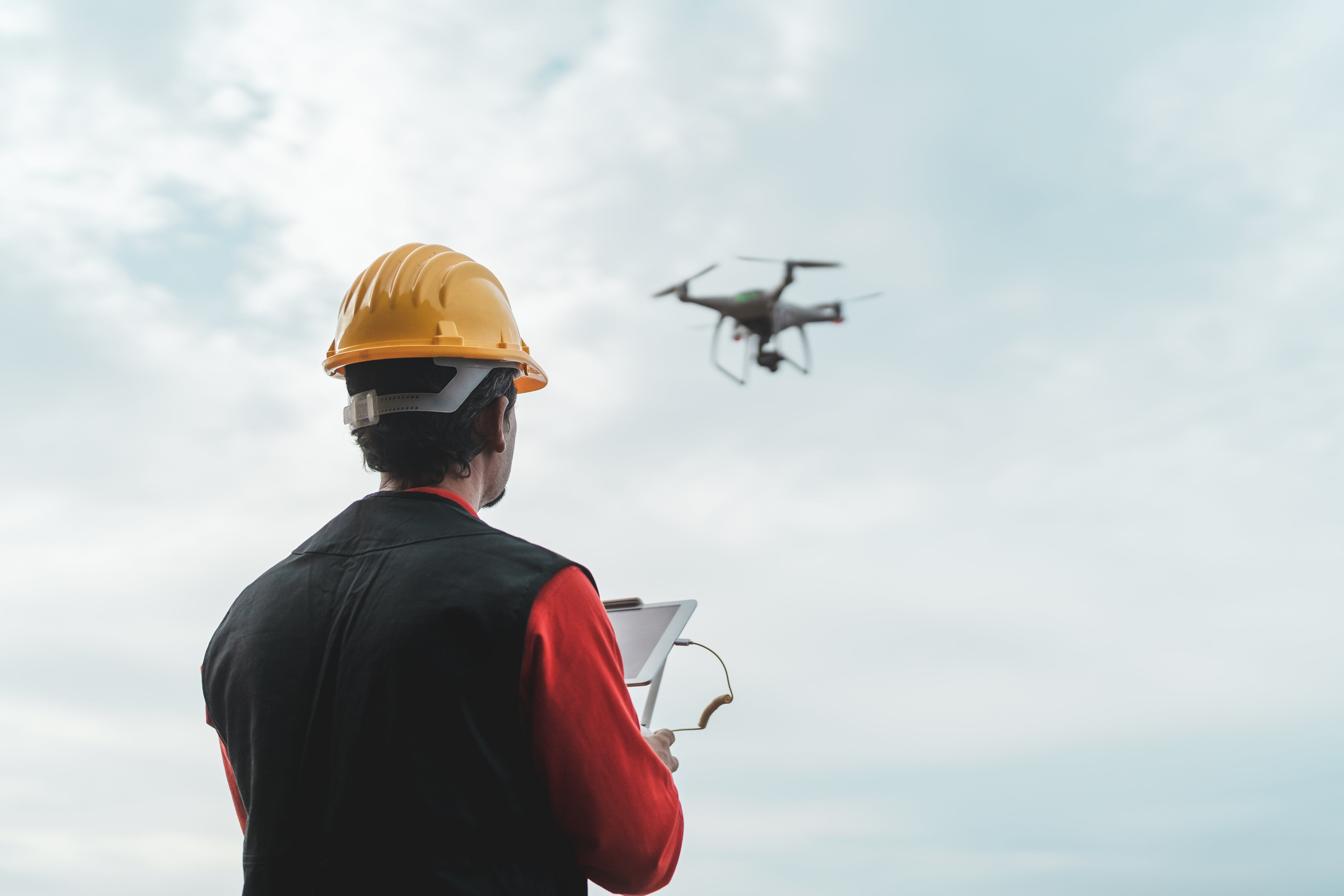An Anti-Drone System to enhance Safety & Security

If in the world of Safety & Security the use of drones supports stakeholders in the Situational Awareness phase, including the monitoring and prevention phases, in the same way an anti-drone system must be considered fundamental in the process aimed at preventing and defending the assets of a critical infrastructure.
In general, the advent of drones has raised quite a few questions in terms of security, to the point of highlighting a new need: to extend the protection of an organisation or building also to threats that may arrive from the sky.
There have been several cases in which drones have compromised business continuity in airport areas or contributed to the transport of illegal material across national borders, or caused damage to water or oil pipelines, not to mention other risky situations in industry or transport.
How to defend yourself against the drone threat?
The solution is to adopt an effective anti-drone system.
However, the complexity of the scenario requires that the technology deployed to cope with unauthorised drone entry within a given perimeter be accompanied by a thorough review of the Safety & Security process throughout the organisation.
To ensure the best possible response to an incident, regardless of where it occurs (an airport, a stadium or an industry), risk preconditions must be defined. Therefore, it is necessary to invest more resources in the Risk Assessment phase, which is essential to highlight all potential risk scenarios that threaten the organisation's security.
Thanks Risk scenarios you can develop the most appropriate countermeasure to an incident.
In this specific case, by defining the drone's entry as a risk scenario, the organisation assessing the hazard will be able to answer a series of questions:
-
What is the probability of the drone causing substantial damage to the structure?
-
What and how many resources are required to deal with the event?
-
Has the process for resolving the crisis been validated?
-
Can the anti-drone system be involved?

The anti-drone system in large environments
When the environments to be safeguarded are extensive, such as a forest, an oil pipeline or a national border, the management complexity increases, as does the difficulty in ensuring safety. Reducing hazards and accidents to zero would be utopian. Rather, risk mitigation must be carried out to be better prepared for them.
Again, anti-drone technology is not suitable to provide such an extensive response. Thanks to the combined use of risk assessment, it is possible to define risk scenarios and involve stakeholders. This combination is the only element with which to address the issue, to reduce the risk of incidents and resolve them promptly.
An Incident Management System, therefore, must not be reduced to the mere recording of the incident, but support the organisation in implementing the most appropriate emergency operational processes to resolve incidents or mitigate risks.
The fundamental characteristic that an Incident Management System must possess is the capacity to define risk scenarios and orientate organisational, process and technological choices. Only in this way will it be easier and more effective to identify the most appropriate anti-drone system to support the organisation in its Safety & Security procedures.







